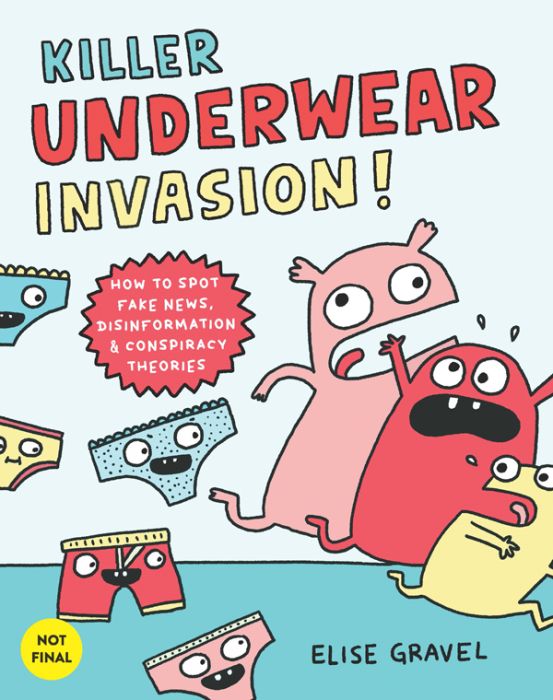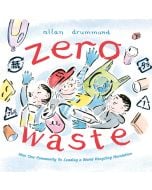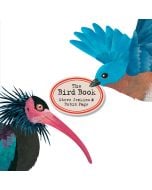
Killer Underwear Invasion!: How to Spot Fake News...
By Elise Gravel
Edition
By Elise Gravel
Hardcover edition
Publisher Chronicle Books Imprint Chronicle ISBN9781797214917
Killer Underwear Invasion!: How to Spot Fake News...
 19.31
19.31
Out of stock
SKU
9781797214917J
A hilarious and timely tool to help kids learn how to tell what news is true and what isn't.
Can peanuts give you super strength? Were unicorns discovered on the moon? Did Martians really invade New Jersey? For anyone who has ever encountered outrageous stories like these and wondered whether they were true, this funny, yet informative book breaks down what fake news is, why people spread it, and how to tell what is true and what isn’t. With quirky illustrations and a humorous tone, Elise Gravel brings her kid-accessible wit to the increasingly important subject of media literacy and equips younger readers with the skills needed to interact with global news.
SERIOUSLY FUNNY: While the topic is serious, the funny text and wacky pictures will tickle any reader's funny bone.
IMPORTANT: Misinformation and disinformation are everywhere. It is increasingly important that parents and educators help kids learn how to navigate the confusing, modern media landscape.
JUST THE FACTS!: Rather than tackle specific news stories, this book teaches kids how to research and judge information in order to make their own decisions about what to believe.<
BE A GOOD NEIGHBOR: Whether deciding what products to buy, which organizations to support and what scientific information to believe, being a smart media consumer helps keep ourselves and our communities safer.
Can peanuts give you super strength? Were unicorns discovered on the moon? Did Martians really invade New Jersey? For anyone who has ever encountered outrageous stories like these and wondered whether they were true, this funny, yet informative book breaks down what fake news is, why people spread it, and how to tell what is true and what isn’t. With quirky illustrations and a humorous tone, Elise Gravel brings her kid-accessible wit to the increasingly important subject of media literacy and equips younger readers with the skills needed to interact with global news.
SERIOUSLY FUNNY: While the topic is serious, the funny text and wacky pictures will tickle any reader's funny bone.
IMPORTANT: Misinformation and disinformation are everywhere. It is increasingly important that parents and educators help kids learn how to navigate the confusing, modern media landscape.
JUST THE FACTS!: Rather than tackle specific news stories, this book teaches kids how to research and judge information in order to make their own decisions about what to believe.<
BE A GOOD NEIGHBOR: Whether deciding what products to buy, which organizations to support and what scientific information to believe, being a smart media consumer helps keep ourselves and our communities safer.
Full-color illustrations.
|
Standard MARC Records Cover Art |
Nonfiction Elementary Plus (Grades 3-5)
Nonfiction Elementary Plus
Nonfiction Elementary Plus (Grades 3-5)
For Grades 3-5
This collection of 14 nonfiction books per year sparks curiosity with engaging, fact-filled titles covering a wide range of topics. From science to biographies, these selections encourage discovery and provide an exciting way to satisfy inquisitive minds.
14 books per Year
$282.52 per Year
Interests
Biographies, Nonfiction, Reluctant Readers, Science/STEAM




